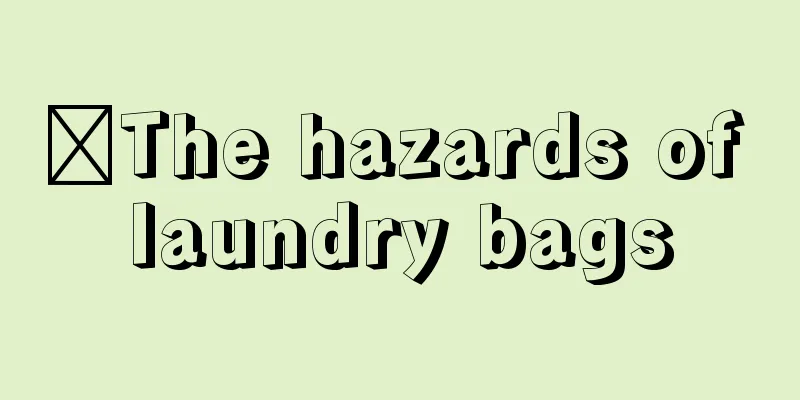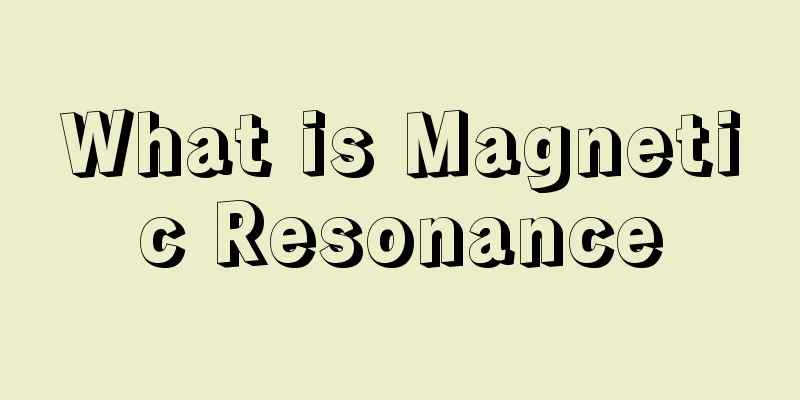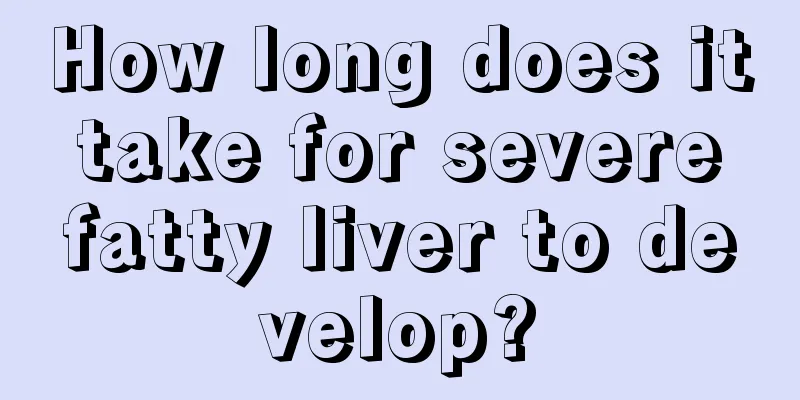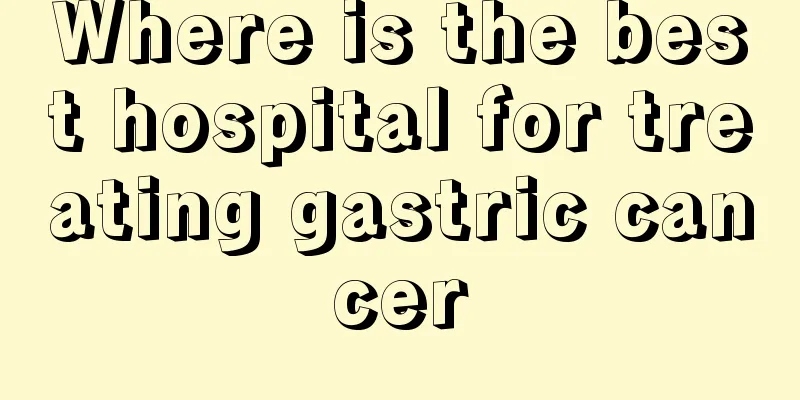Is glucose a stimulant?

|
People always mistakenly believe that glucose is a stimulant. In fact, this drug is completely different from a stimulant. If it is a stimulant, it will completely stimulate people's brain nerves after taking it, causing their brain thinking to be in an overactive state. This is very bad, and the use of stimulants is prohibited during competitions, but glucose can maintain physical fitness. Stimulants These drugs can be divided into the following categories according to their pharmacological characteristics and chemical structures: 1. Psychostimulants: including amphetamine and its related derivatives and their salts 2. Sympathomimetic amines: This is a class of substances that mimic the effects of endogenous catecholamines such as adrenaline and norepinephrine, represented by ephedrine and their derivatives and their salts. 3. Caffeine: This type is also called xanthine because it contains xanthine group. 4. Miscellaneous central nervous system stimulants: such as fenthione, pentylenetetrazodone, nikethamide and strychnine. Stimulants were the first group of stimulants used and the first to be banned. They are also stimulants in the most original sense, because only this type of stimulant has a true "stimulant effect" on neuromuscular pharmacological effects. Before the 1970s, the stimulants used by athletes mainly belonged to this category. The stimulants detected at the 1960 Rome Olympics and the 1972 Munich Olympics included amphetamine, ephedrine, norpseudoephedrine and nikethamide. Diuretics The clinical effect of the drug is to increase urine excretion by affecting the urine production process of the kidneys, thereby alleviating or eliminating symptoms such as edema. Purpose: 1. Reduce weight by quickly eliminating water from the body. 2. Increase urine volume to quickly reduce other stimulant metabolites in body fluids and excreta, thereby causing a false negative result in a drug test. 3. Accelerate the excretion process of other stimulants and other metabolites, thereby alleviating certain side effects. Chlorotriphenylethylene Medical use: Promote egg release and treat female infertility. Sports Use: As an additional supplement or after taking testosterone, to stimulate the production of "natural" testosterone through reaction. Risks: Headaches, nervousness, and depression. Nitroglycerin Medical uses: It dilates blood vessels and enhances heart function, and is used to prevent and treat angina and heart failure. Sports use: It stimulates explosive power during sprinting and shortens the duration of excitement. It is used preventively by elderly athletes and is now becoming popular again. Risks: Headaches, high blood pressure and nausea. |
<<: Does glucose make you fat?
>>: Is chrysanthemum cold in nature?
Recommend
What is the reason for sudden pimples on the face
What women pay most attention to is their face, a...
The most common cause of uremia
The origins of all human diseases are not inexpli...
How to calculate fetal weeks
According to folk tradition, it is said that a wo...
Can prostate cancer be detected by digital rectal examination?
As we all know, prostate cancer is a malignant tu...
What to do if there is too much toxins and moisture
If there is too much moisture in the body, it wil...
The chest muscles on both sides are not the same size after fitness
Some people still find that the size of their che...
How to deodorize shoes overnight
Some people are born with sweaty feet, especially...
What is the cause of enuresis during menopause
We always hope that our children will take care o...
Can I eat chrysanthemum if I have constipation
Chrysanthemum is a vegetable food. Its nutritiona...
Experts explain the dietary considerations for colon cancer
The dietary precautions for colon cancer are of g...
What are the dangers of vascular nevus?
If the color of the vascular nevus is light red, ...
Is “Air Fryer” Healthier
Experts say that compared to ordinary frying, foo...
What is neurofibromatosis?
Neurofibromatosis is a common genetic disease, wh...
Can an electric pressure cooker boil eggs?
Although electric pressure cookers can cook food ...
Two methods of early detection of bladder cancer
Intermittent painless hematuria is a common early...









